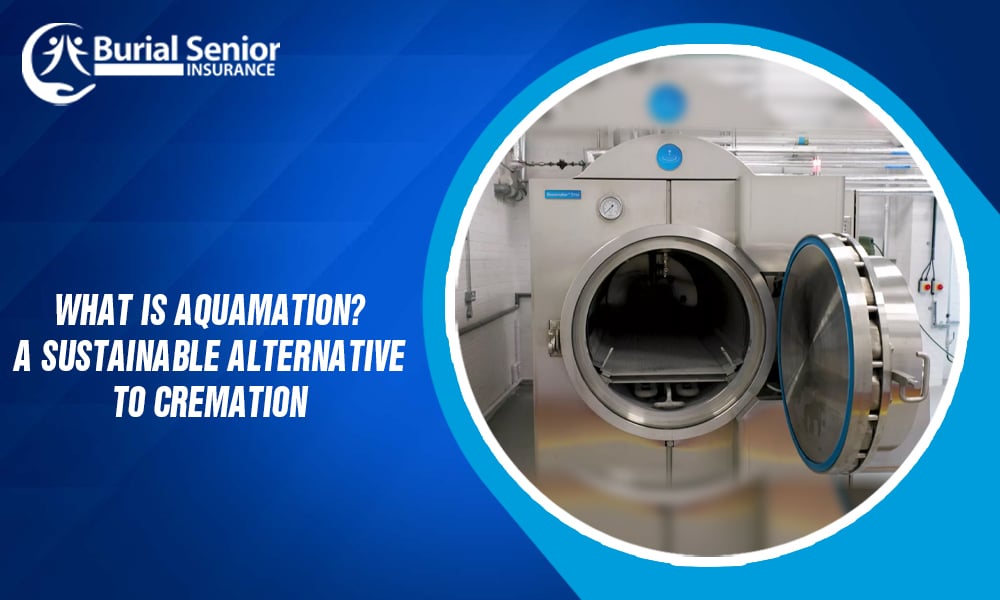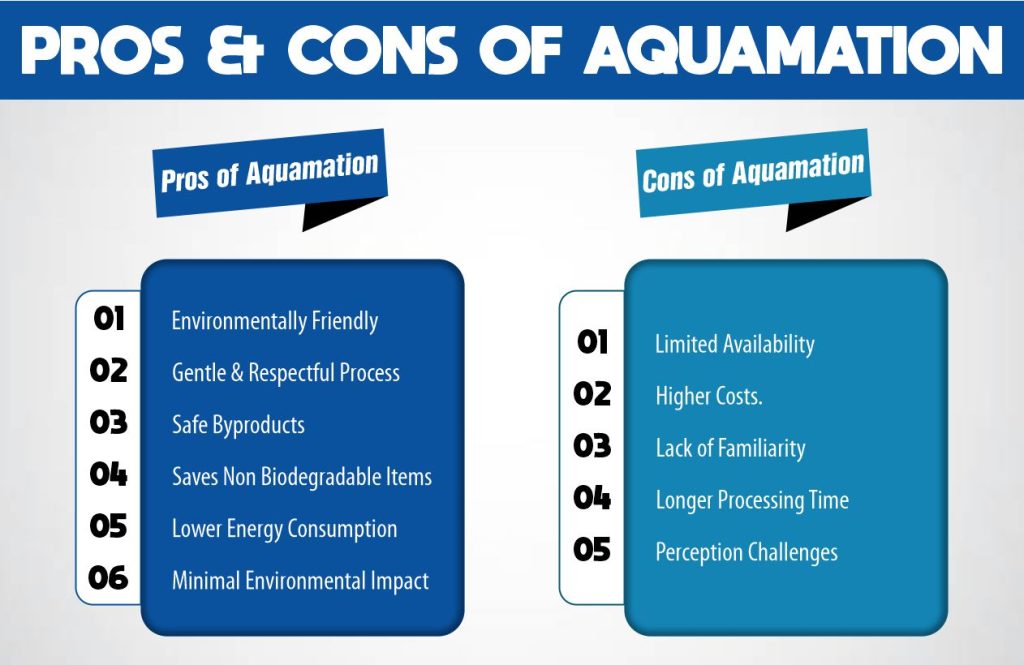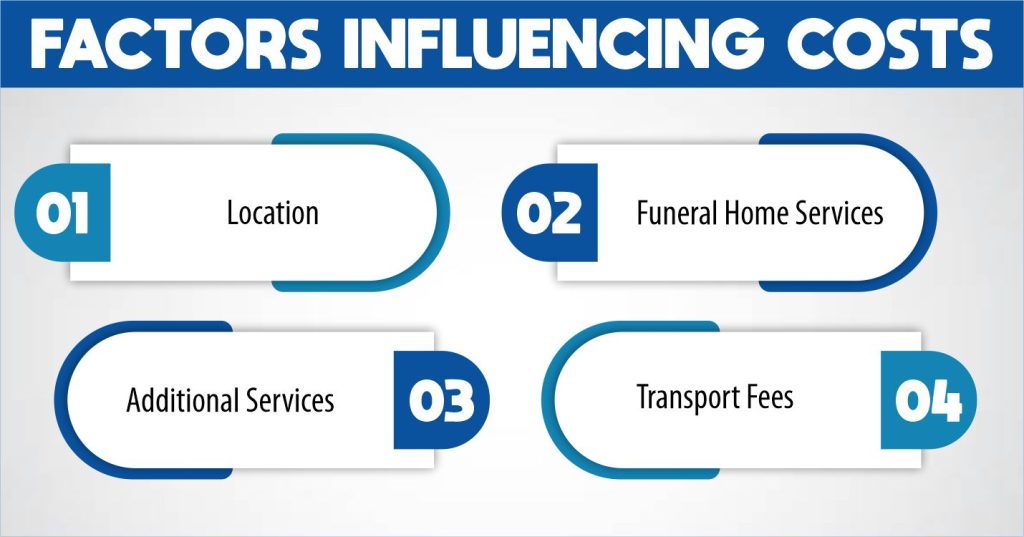Last Updated on: March 10, 2025
Reviewed by Kyle Wilson

Modern traditions are changing as everything around us, and so is the way people bid their farewells to their friends and dear ones. What is Aquamation? As is now done, aquamation is a modern and environmentally beneficial alternative to burial or cremation. This guide is the complete source of information on aquamation as a method, how it works, what is beneficial about it, how much it will cost, and the legal aspects of it in simple language that is easy for adults and children alike to understand.
Get Free Quotes
Customized Options Await
Aquamation, or water cremation or alkaline hydrolysis, is essentially a green burial practice that is very close to the concept of cremation. Through the use of water, an alkalic solution, heat, and time it facilitates an accelerated natural decomposition process that occurs in nature. Here’s an expanded step-by-step explanation of how aquamation works:

Aquamation also called chemical cremation or water cremation is a substitute for conventional cremation and inhumation. As it is slowly taking root due to its environmental conservation bonus, one needs to understand what it entails before signing up. In this section, there is a detailed look at various advantages and disadvantages associated with aquamation.
The cost of aquamation varies based on location and additional services. Here’s an estimated breakdown:
Service/Item | Average Cost |
Aquamation Process | $1,500 – $3,500 |
Urn (optional) | $50 – $500 |
Memorial Service | $500 – $2,000 |
Transportation | $200 – $500 |

Today, most funeral parlors have offered various options with price breakdowns, so it becomes easier to cater to depending on the family’s financial strength.
Here’s how aquamation compares to traditional cremation:
Aspect | Aquamation | Cremation |
Environmental Impact | Lower carbon footprint | Higher emissions |
Residue | Sterile liquid | Ashes |
Energy Usage | Lower energy consumption | Higher energy usage |
Bone Preservation | Bones remain intact | Bones become ashes |
Availability | Limited facilities | Widespread availability |
Key Takeaway: Aquamation offers an eco-friendly and gentle alternative to cremation, but its limited availability and slightly higher cost may influence decision-making.
Aquamation alkaline hydrolysis or water cremation is being accepted the world over as a greener option than burial and flame cremation. Its usage is legal most of the time but relies on the region’s infrastructure legal framework and local culture. The following is a breakdown of where aquamation is currently permitted and its geographic expansion.
Aquamation is perfectly legal today in a consistently expanding number of states in the USA because it is now demonstrated that people are becoming not only more aware but also more supportive of green funeral services. Here’s a breakdown:
Aquamation is comparatively a young method but, it is evolving in several regions of the world.
Aquamation is an efficient, earth-friendly method of making arrangements for an individual’s disease. As compared to cremation, the burial may not be as easily accessible, but with has its advantage that makes it fit for several families. Often an eco-friendly attitude is complemented by the dignified process making it one of the choices for people who search for environmentally friendly options.
No in aquamation water and alkali are used to dissolve the body while in cremation fire is used.
Yes for aquamation, it is a fact that it has a much smaller carbon footprint as well as zero emissions.
It lasts a period of between 8 to 12 hours depending on the size of the body mass.
The liquid formed is sterile and harmless hence not a threat to dispose of in the environment.
In the long run, aquamation is almost similar to or is slightly costlier than cremation. Prices vary depending on the location and selected services.
Senior Writer & Licensed Life Insurance Agent
Iqra is a dynamic and insightful senior writer with a passion for life insurance and financial planning. With over 8 years of hands-on experience in the insurance industry, Iqra has earned a reputation for delivering clear, actionable advice that empowers individuals to make informed decisions about their financial future. At Burial Senior Insurance, she not only excels as a licensed insurance agent but also as a trusted guide who has successfully advised over +1500 clients, helping them navigate the often complex world of life insurance and annuities. Her articles have been featured in top-tier financial publications, making her a respected voice in the industry.

Burial Senior Insurance provides information and services related to burial insurance for senior citizens, including policy options and end-of-life support services.
Copyright © Burial Senior Insurance 2025. All Right Reserved.

Get Free Life Insurance Quotes